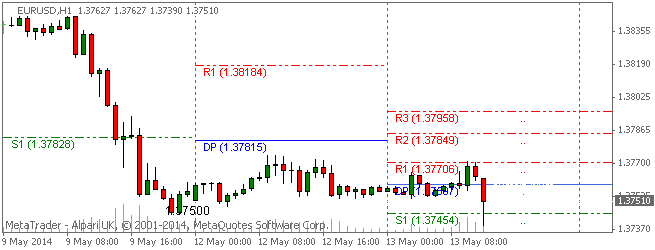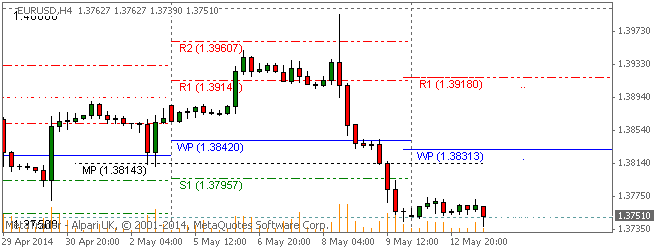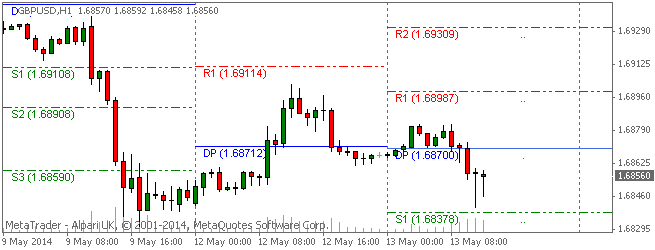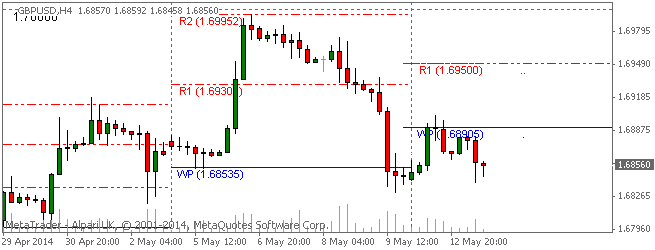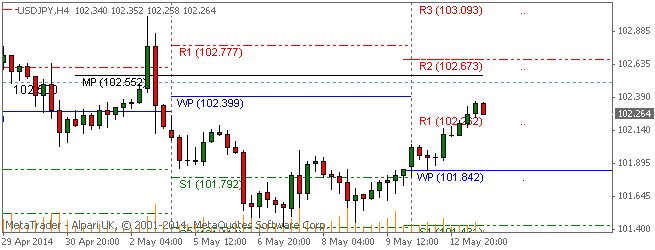By WallStreetDaily.com 
When a billionaire makes a move, we’re well-inclined to pay attention.
I don’t just mean that philosophically, either.
The recent launch of the new iBillionaire Index (BILLION) officially rubberstamps the belief that billionaires own a substantial edge over everyday investors.
The Index tracks the holdings of over 20 billionaires – including Warren Buffett, George Soros, Carl Icahn, John Paulson, Jorge Lemann, David Tepper, Leon Cooperman, Steve Mandel, Chase Coleman, Daniel Loeb, David Einhorn and Seth Klarman.
These billionaires enjoy an edge over Wall Street, too.
Last year, the iBillionaire Index gained 43%, trumping the S&P 500’s 32%.
Since 2006, however, the spread gets even wider…

Now, tracking the companies that comprise the Index is where the story really gets juicy.
The favorite stock among billionaires is Apple (AAPL).
No surprise there, right?
Well, before you rush to buy shares, it’s worth noting that the average price billionaires have paid for Apple is $430. The average price at which these billionaires have sold Apple shares is $600.
So with Apple trading at $593, closer to where the billionaires have been sellers, is it really a company you should be buying right now?
Remember, your entry and exit points are infinitely important to your ROI.
Other favorites among billionaires include American Express (AXP), Priceline (PCLN), General Motors (GM), Micron Technology (MU), Google (GOOGL), Yahoo! (YHOO) and Netflix (NFLX).
I’ll be tracking the iBillionaire Index very closely, and promise to report any significant changes to its composition.
The second the billionaires start piling into a stock or dumping shares of another, you’ll be the first to know.
Onward and Upward,
Robert Williams
Founder, Wall Street Daily

Breaking News From the Wall Street Daily Universe
Inside the 6.3% Unemployment Rate
Wall Street took the May unemployment number of 6.3% as a sign of an improving economy, but details inside the report revealed something entirely different. The May employment report showed nearly 102 million working-age Americans are unemployed – including more than 20% of all American households that don’t have a single employed family member. The May report indicated that the BLS moved 988,000 Americans into the “not in the labor force” category, while 9.75 million Americans were categorized as “unemployed.” The additional 988,000 unemployed persons means that 92.02 million Americans are not in the labor force, giving us a total of 101.77 million working-age Americans that are currently without a job – an increase of 27 million jobless Americans since 2000. More troubling for the statistically challenged BLS, April showed that 58.9% of working-age Americans had a job, the exact number of working Americans in March – but less than the 60.6% of working-age Americans employed when Barack Obama took office in 2008. That’s a decrease of 2.8%! Shadowstats.com estimates the actual unemployment rate is closer to 23%.
Price Explosion for Gas Carriers
Since mid-February, day rates for Very Large Gas Carriers (VLGCs) have exploded in price due to an increase in propane shipments. Prices for shipping natural gas liquids increased more than 300%, to above $100,000 in just over two months. While much of the increase was in response to the brutally cold winter, it appears that shippers are finally seeing the long-awaited increase in global flows of natural gas liquids (NGLs). Analysts at DNB Markets see large potential gains in shipping prices, predicting day rates for gas carriers could rise by more than 700% over the next several years. One reason for this belief is the widening of the Panama Canal, which will be a major driver for increased U.S. shipments of NGLs to Asia. The widening project is set to be completed in 2015. Once completed, DNB analysts believe VLGC rates could rise as high as $300,000. Smart investors will look to take advantage of the trends while there’s still time.
The post What’s Warren Buffett Buying Right Now? appeared first on Wall Street Daily.
Article By WallStreetDaily.com
Original Article: What’s Warren Buffett Buying Right Now?

